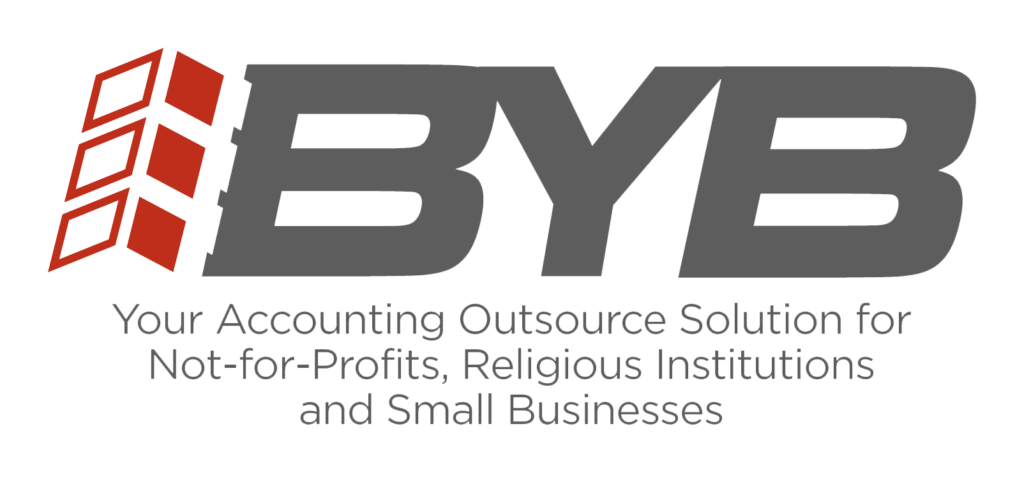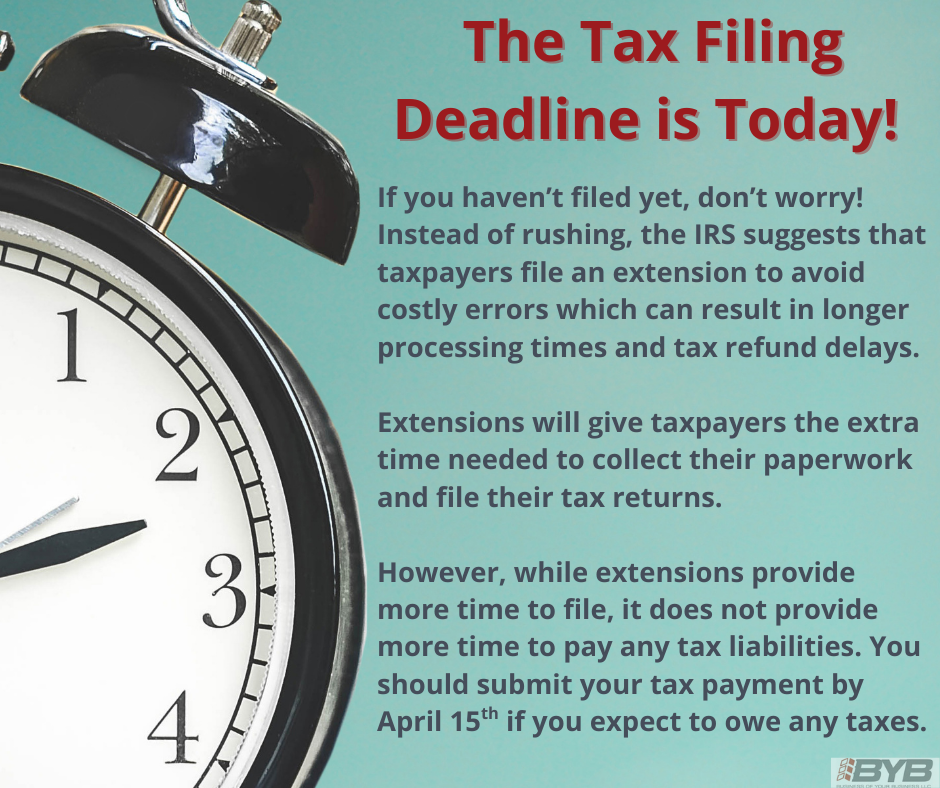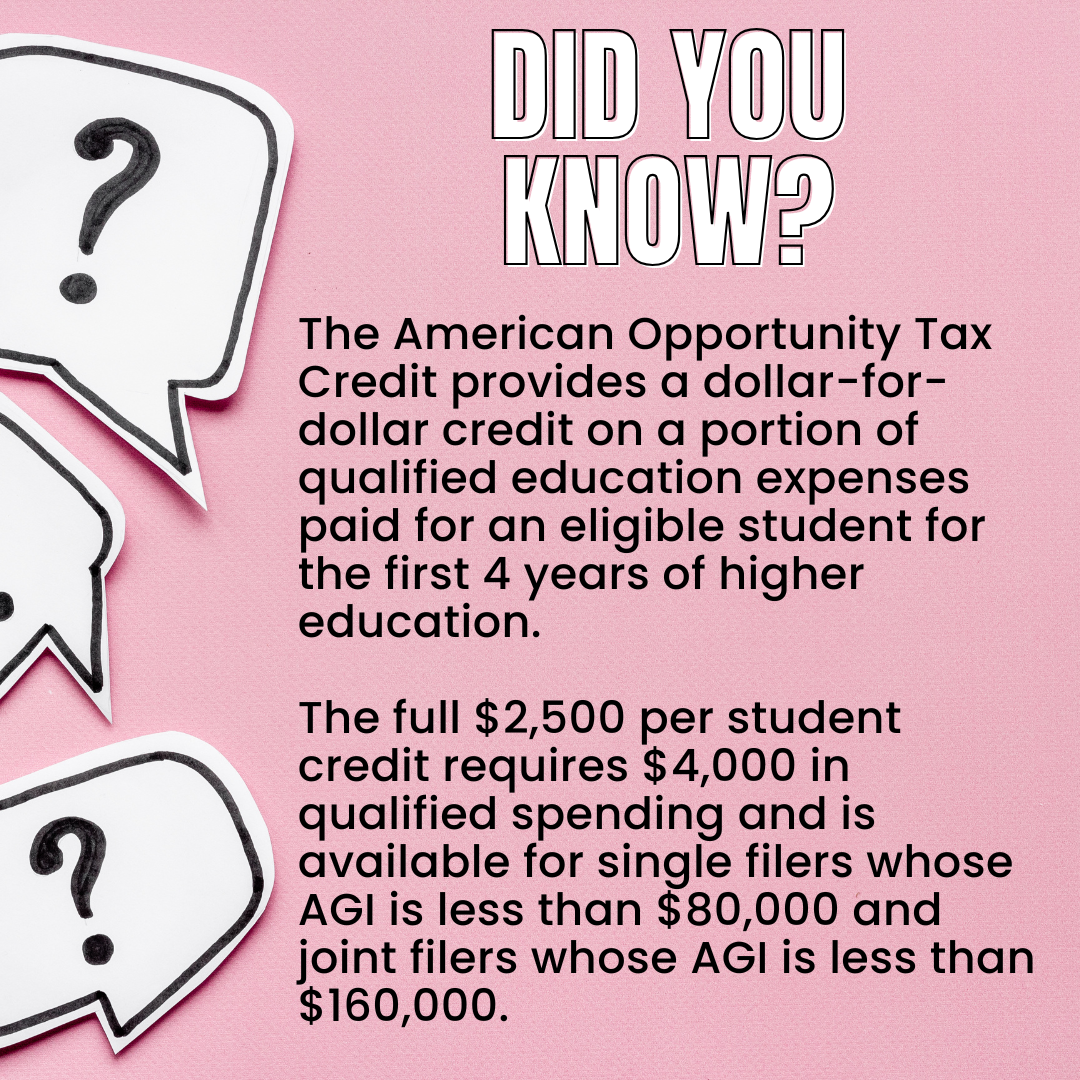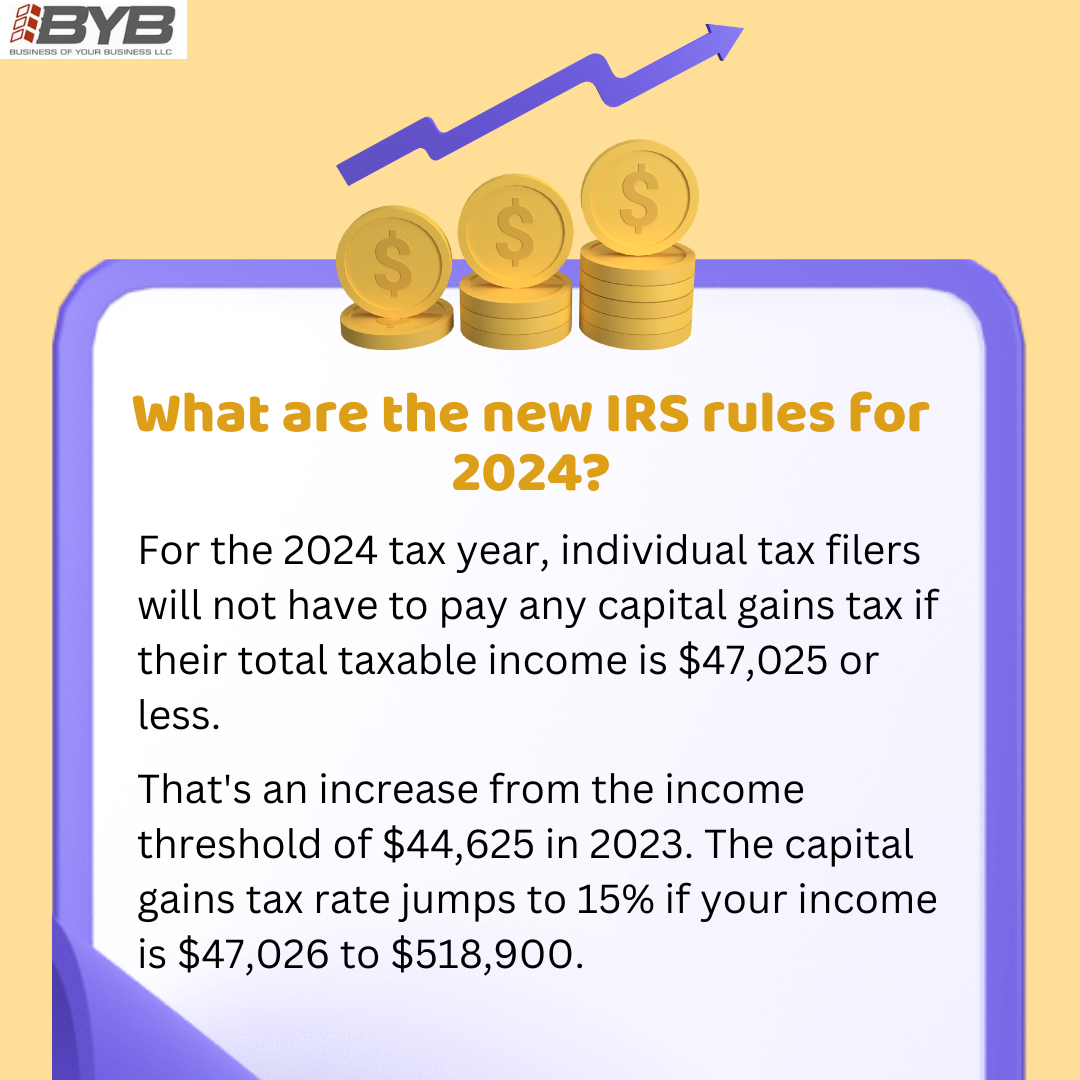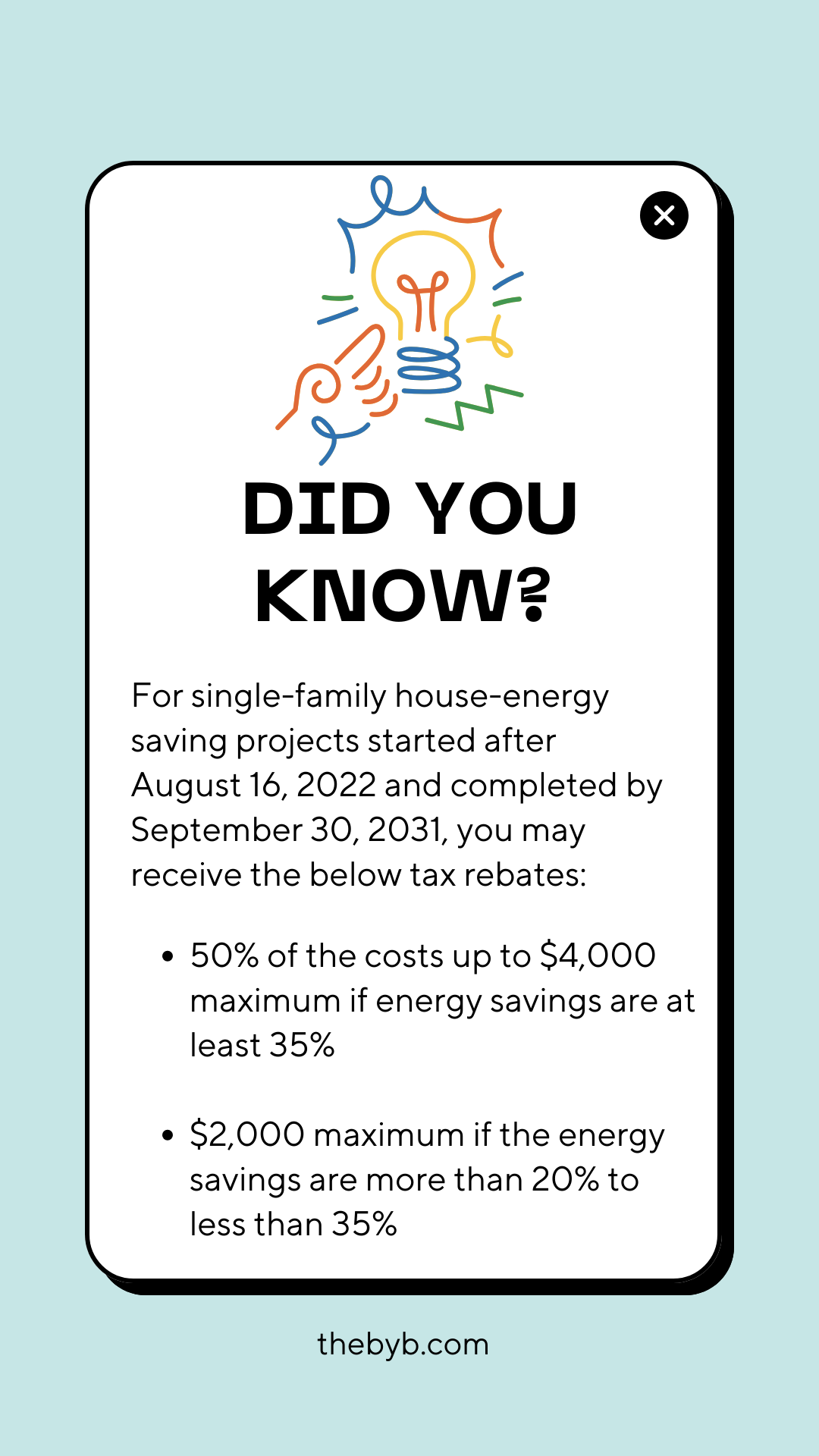
Tag: Tax Service (page 1 of 3)

If you installed a solar panel system or another type of renewable energy system during 2023 to your home, you may be eligible for a tax credit which would be equal to around 30% of the total cost of installation.
© 2025 Business of Your Business
Theme by Anders Noren — Up ↑
